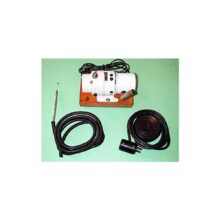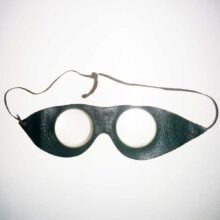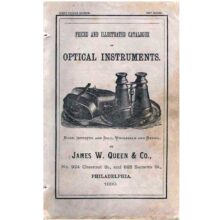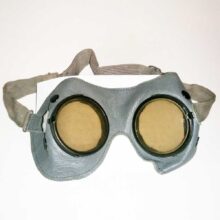## The Birth of an Innovative Horology Tool
The Watchmakers Document, invented by Herman Haefliger around 1920, revolutionized the field of horology by combining a microscope with a specialized support system for watches. Haefliger obtained the patent for this innovative device in May 1918, marking a significant advancement in watchmaking tools.
### Design and Functionality
This unique microscope features a C-shaped base with small fittings designed to hold watches securely during repair work. The integration of the watch support and microscope into a single instrument eliminated the need for separate adjustments, streamlining the watchmaker’s workflow and improving efficiency.
### Technical Specifications
The Watchmakers Document is equipped with a single objective and ocular lens, providing precise magnification for intricate watch components. Focusing is achieved through a knurled knob conveniently located on the right side of the instrument. Two protruding points on the base allow for the suspension of gears or balance wheels, facilitating detailed examination and manipulation.
## Revolutionary Features
One of the key advantages of Haefliger’s design is its versatility in accommodating watches of various diameters. This adaptability made the Watchmakers Document an invaluable tool for horologists working on a wide range of timepieces.
### Historical Context
Prior to Haefliger’s invention, watchmakers had to contend with separate instruments for holding watches and microscopic examination. This arrangement often required cumbersome adjustments and repositioning of both the watch and the microscope. The Watchmakers Document elegantly solved this problem by integrating these functions into a single, cohesive unit.
## Impact on Watchmaking
The impact of Haefliger’s invention on the watchmaking industry was significant. By providing a more efficient and precise method for examining and repairing watches, the Watchmakers Document contributed to advancements in horological craftsmanship. Its design allowed watchmakers to work with greater accuracy and ease, potentially improving the quality and speed of watch repairs.
### Legacy
Today, the Watchmakers Document stands as a testament to the ingenuity of early 20th-century horological tools. While modern watchmaking may employ more advanced technologies, Haefliger’s invention remains an important milestone in the evolution of watchmaking instruments.
Citations:
[1] https://www.historictimekeepers.com/Microscopes.htm
[2] https://ciechanow.ski/mechanical-watch/
[3] https://mb.nawcc.org/threads/did-watchmakers-use-microscopes-in-the-past.194055/
[4] https://www.europastar.com/the-watch-files/those-who-innovate/1004090141-watchmaking-and-science-origami-nanotubes-and.html
[5] https://dokumen.pub/growing-explanations-historical-perspectives-on-recent-science-9780822390084.html
[6] https://www.hodinkee.com/articles/a-close-look-at-constant-force-in-watchmaking
[7] https://microscope-antiques.com/watchscope.html
[8] https://eyeantiques.com/shop/museum/telescopes-binoculars-museum/watchmakers-document/







